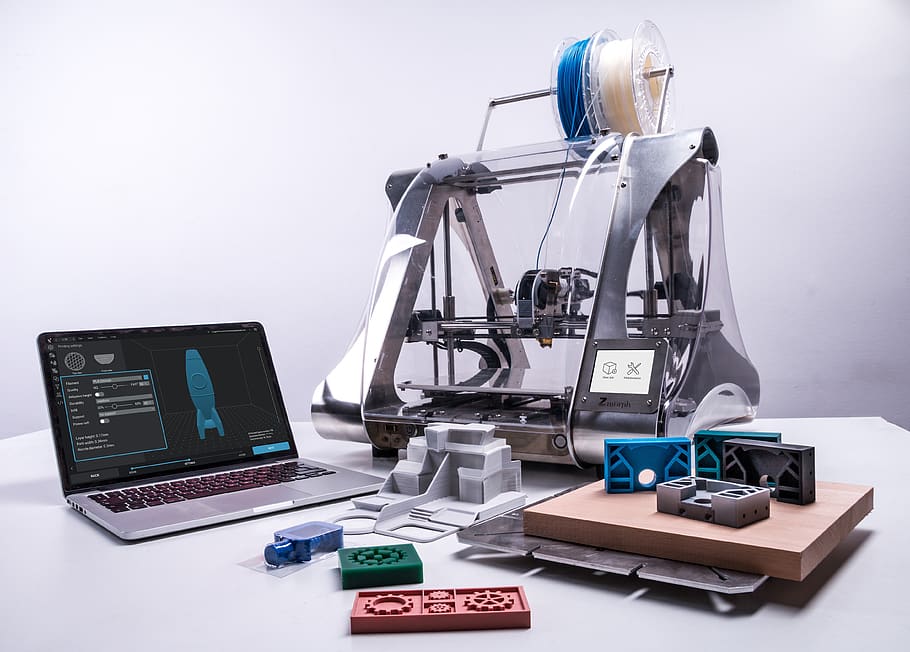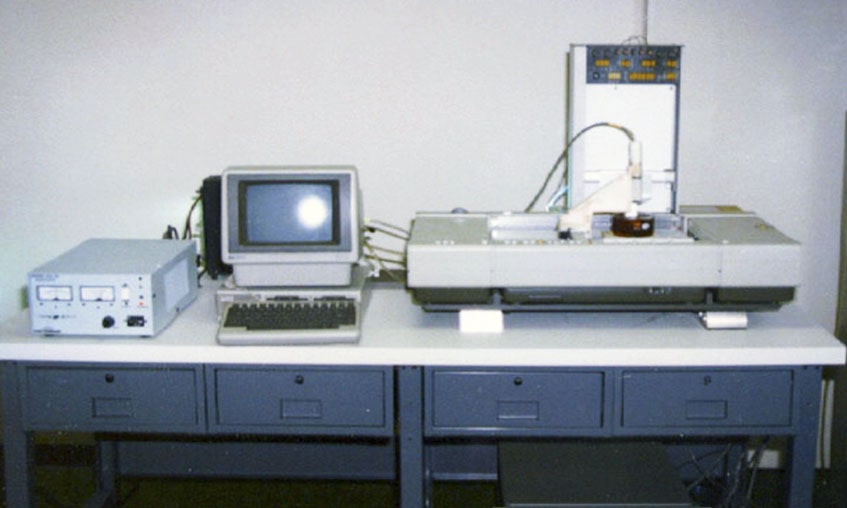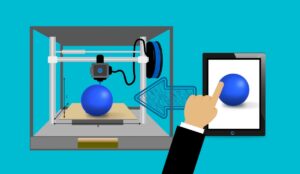History of 3D Printing: Introduction
The remarkable journey of 3D printing, a revolutionary technology that has captivated engineers, designers, and enthusiasts alike, began in the early 1980s. This article will delve into the intriguing history of 3D printing, from its conceptualization to its widespread adoption across various industries and applications.

Table of Contents

1. The Genesis of 3D Printing: History of 3D Printing
1.1 The Birth of an Idea
The roots of 3D printing can be traced back to the visionary mind of Chuck Hull, an American engineer who invented the first 3D printing process known as “stereolithography.” The concept involved building three-dimensional objects layer by layer using thin materials.
1.2 Pioneering Technologies
Chuck Hull’s invention laid the groundwork for future advancements, and other pioneers also played significant roles. Scott Crump, often hailed as the “Father of 3D Printing,” introduced Fused Deposition Modeling (FDM), a technique that would later pave the way for widespread 3D printing adoption.
2. The Evolution of 3D Printing: History of 3D Printing
2.1 From Prototypes to Production
Initially, 3D printing served primarily as a means to create prototypes and visualize concepts. However, as the technology evolved, it ventured into the realm of production. Industries such as aerospace, automotive, and medical embraced 3D printing to manufacture functional end-use components with high precision.
2.2 Expanding Material Possibilities
In its early stages, 3D printing predominantly utilized plastics. Over time, researchers and engineers explored various materials, including metals, ceramics, biocompatible polymers, and even food, broadening the horizons of what could be achieved through this innovative technology.
2.3 The Rise of Consumer 3D Printing
With the expiration of key patents, consumer-grade 3D printers became more accessible and affordable. This led to a surge of interest among hobbyists, educators, and DIY enthusiasts, who began exploring the possibilities of 3D printing in the comfort of their homes.
3. Transformative Applications of 3D Printing: History of 3D Printing
3.1 Healthcare Innovations
The field of healthcare has experienced a profound impact from 3D printing. The technology has enabled the creation of patient-specific medical implants, prosthetics, surgical guides, and anatomical models. This customization has significantly improved patient outcomes and reduced surgical risks.
3.2 Impact on Aerospace
The aerospace industry has embraced 3D printing for its ability to create lightweight yet robust components. By reducing the weight of aircraft parts, airlines can achieve better fuel efficiency and, consequently, reduce their environmental footprint.
3.3 Architecture and Construction
In the realm of architecture and construction, 3D printing has opened new avenues for creativity and efficiency. The technology allows for the construction of intricate architectural models, as well as the fabrication of building components with reduced material waste.
3.4 3D Printing in Education
Educational institutions have leveraged 3D printing to enhance the learning experience for students. The technology enables hands-on exploration of complex concepts, fosters creativity, and prepares the next generation for a future where 3D printing will be integral to various industries.
4. Challenges and Future Prospects: History of 3D Printing
4.1 Overcoming Material Limitations
While 3D printing has come a long way in terms of material options, there are still challenges in effectively 3D printing certain materials. Researchers and scientists continue to work on developing new materials and refining existing ones to overcome these limitations.
4.2 Intellectual Property Concerns
The ease of replicating objects using 3D printing has raised concerns over intellectual property rights. As the technology becomes more widespread, there is a need for clear regulations to protect creators’ rights and prevent unauthorized duplication of copyrighted designs.
4.3 Scaling Up Production
As demand for 3D-printed products grows, manufacturers face the challenge of scaling up production while maintaining consistent quality standards. Industrial 3D printing solutions and optimized production processes will be vital in meeting this challenge.

Conclusion
The history of 3D printing is a fascinating journey from concept to reality. From its humble beginnings as a prototyping tool to its transformation into a game-changing technology across diverse industries, 3D printing has revolutionized the way we design, create, and manufacture objects. As the technology continues to advance, we can only anticipate even more groundbreaking applications in the future.
Can 3D printing be used in the creation of human organs?
Yes, researchers are actively exploring bioprinting techniques to create human organs for transplantation.
What industries benefit the most from 3D printing?
Industries like aerospace, healthcare, automotive, and education have seen significant benefits from adopting 3D printing technology.
Is consumer 3D printing affordable for hobbyists?
Yes, the availability of affordable desktop 3D printers has made consumer 3D printing accessible to hobbyists.
Can 3D printing help in reducing carbon emissions?
Yes, 3D printing’s ability to create lightweight components contributes to reducing carbon emissions, particularly in the aerospace and automotive industries.
Are there any environmental concerns related to 3D printing?
While 3D printing offers sustainability advantages, the disposal of certain materials and waste products remains an environmental concern that requires careful management.
To explore more about 3D printing services visit: Best 3D Printing Service in Chennai


